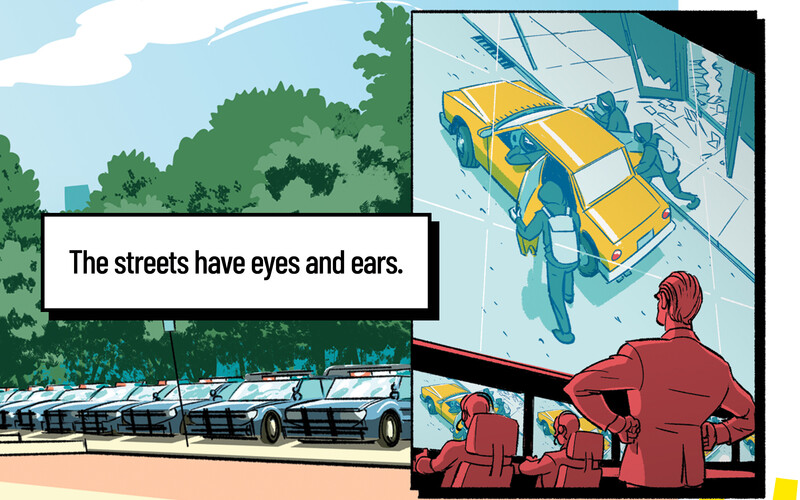In one incident, officers were called to the scene of a single-car accident. When they arrived, they discovered that the woman driving the car had been shot. Without the real-time crime center, police would have had few leads. However, an alert from the gunshot detection system helped analysts quickly locate the scene of the shooting: a parking lot down the street.
Security camera footage showed a confrontation between two people in the lot. One shot at the other and missed, and the stray bullet killed the innocent driver passing by the lot. Police were able to distribute photos of the suspects and their vehicles and seek the public’s help identifying the shooter.
In the years since Miami Gardens rolled out its real-time crime center, major crimes in the city have dropped by about 10%, Gleason says.
“People might not want to commit crimes in an area with this many cameras,” he continues. “I do think that our timely closing of cases has really contributed to the decrease in crime across the city.”
RELATED: How to balance speed and practicality to achieve smarter cities.
Cooperative Efforts Focus Quicky on Details
Joe Shipp, membership director for the National Real Time Crime Center Association, calls the emergence of real-time crime centers “one of the biggest changes” of his career, which has spanned a quarter century.
The hubs, he says, lead to faster case closure and also give officers the information they need to avoid dangerous chases and make arrests as safely as possible.
“The more information we have, the safer people are going to be. We can make better decisions," Shipp says. “We can do surgery with a scalpel instead of a machete.”
Shipp is also a sergeant with the Fort Worth Police Department in Texas, where he oversees day shift operations at the department’s real-time crime center. The facility, which began as a pilot program in 2012 before becoming a formal unit in 2015, now operates 24/7 with a staff of nearly 20. The center relies on feeds from thousands of public and private cameras and hundreds of LPRs.
Within the facility, officers track incidents on a mix of Samsung and Dell monitors, some of which are configured into video walls. The department is also looking into expanding its drone program, which gives officers a more cost-effective way to track suspects than the city’s police helicopter.
Click the banner below to prepare for transformational government.


















